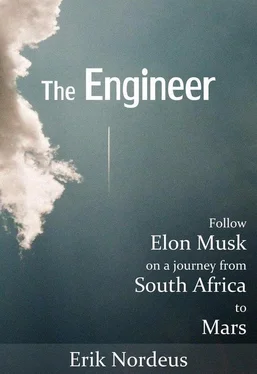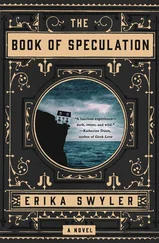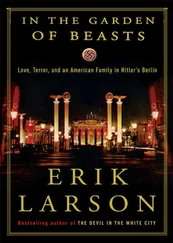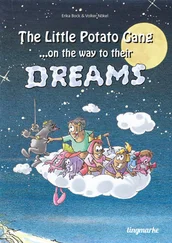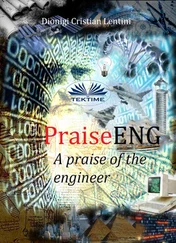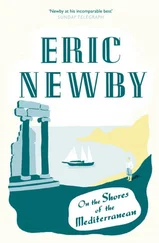Elon lost more and more power. Due to all the new investments, his share of the company decreased. Four out of seven board members consisted of the new investors: Knight Ridder, Hearst, and The New York Times. These board members also represented the clients, so Elon didn’t have much influence regarding the company’s future direction. “What they should have done is put me in charge,” Elon said. “That’s OK, but great things will never happen with VCs [venture capitalists] or professional managers. They have high drive, but they don’t have the creativity or the insight. Some do, but most don’t.” 71
In 1998, Zip2 began to discuss with the company Citysearch if they could merge into a larger, more competitive company. Citysearch was involved in the same business area as Zip2. If the companies merged, they thought the larger company could compete with Microsoft’s Sidewalk – another similar service. Zip2’s board approved the merge and published the deal in a press release. But the merge never happened. Elon had talked with Charles Conn, who was the CEO of Citysearch. While the original plan was that Elon remained in the new company, Elon thought Conn would force him to leave the company after the merge. So Elon and his brother decided to say no to the merger of the two companies. 263
The failed merger resulted in that Zip2 forced Elon to give up his position as the chairman of the company and Sorkin lost his job as CEO. Derek Proudian, who was the first venture capitalist to invest in Zip2, took over as CEO. 71
In April 1999, Compaq bought Zip2 for $307 million in cash. It was the largest sum up to that point ever paid for an Internet company. 57Elon made $22 million since he and Kimbal owned about twelve percent of the company. 59The reason why Compaq bought Zip2 was that they wanted to merge Zip2 with Altavista to compete with Yahoo. 319
But Elon was angry at the investors. He thought they sold the company way too early. Zip2 could have been worth ten times the amount they sold the company for. The software Zip2 had was as good as the software the much larger companies Yahoo and Excite had. 363Elon wanted to help build the Internet, but he had just built software for newspapers like The New York Times . And in 2013, the company is almost forgotten. “After Compaq bought my company, it was merged with Altavista and the combined entity was rather poorly managed by execs whose main background was making PCs in Texas,” Elon said. 259
After just a few years in the Internet industry, Elon had the option to retire. “I guess it’d be really easy for me to spend the next 40 years doing absolutely nothing, hanging out, buying an island,” he said. “The idea of lying on a beach as my main thing sound horrible to me. I would go bonkers. But I like to go to the beach for a short period of time, but not much longer than a few days.” 265,363Elon didn’t buy an island, but he bought a large house and a McLaren F1.
Elon was bored. But as we’ve seen before, boredom can lead to great things. “It’s not that I’m a workaholic, I don’t think,” Elon said. “Actually, I just can’t resist seeing and being a part of what’s going to unfold with the web over the next decade or so. I’m still endlessly curious about how it will evolve. I know it’s nowhere near fulfilling its potential. I’m much more interested in trying to create a new company. It’s sort of like a series of poker games.” 265,266
Elon asked himself what opportunities remained within the Internet area. He realized that not much innovation had happened within the financial services sector. “The banks are terrible at innovation, and financial services is a huge sector, so I thought, there should be something here,” Elon said. 71This was the poker hand he wanted to play. “I’ve gone on to a more high-stakes poker game and taken my chips with me,” he said. “And I haven’t gone and taken my winnings and spent a big chunk, but I’ve just really put almost all of it back into the new game.” 266
He had earlier shunned the idea to work as an employee in the finance industry. “I wanted to have a sense I was working on something having a fundamental impact on people’s lives, and going to Wall Street or into a large corporation, I became sure, was not going to be a way of doing that,” he said. 265
What he didn’t have any problems with was to reinvent Wall Street with an entrepreneurial company. “Something about the culture of startups, at least at this point in my life, seems inevitable,” Elon said. “It’s more fun, the atmosphere is more creative, and I think more gets accomplished.” 265
Elon founded X.com in March 1999. He was not yet thirty years old. Their website answered the question why they had chosen the name, “Why not? X is simple, straightforward, and lacking in pretense and fluff – exactly like our approach to financial services.” 394
Elon was the CEO, but took the position as chairman of the board after the former Intuit CEO, Bill Harris, became the CEO in late 1999. In an article in the newspaper The Wall Street Journal , Harris explained how he had received offers from more than 100 startups, but he chose X.com because he saw it as a blank canvas upon which he could write new rules on the delivery of financial services. 189
This was at the height of the dot.com bubble, but Elon knew it was a bubble, so he wasn’t nervous. “Any change this profound is bound to set off speculative frenzy, and people need to do their homework, and not blindly buy into companies that aren’t well put together,” Elon said. “There are a lot of Potemkin villages out there built on flimsy foundations and many, many will fail. There’s going to be a lot of weeding out in the future. This is the longest peacetime expansion in history, and for young people who’ve never really seen a serious recession – and anyone who’s studied history knows they happen – a downturn will be a rough experience. [But] the radical cost advantages the net brings are real and viable long-term.” 265
After the burst of the dot.com bubble, those who knew Elon had founded an Internet company asked his wife, “So are you guys all right?” They had obviously not noticed that Elon’s McLaren F1 was still parked in their garage, so she assured them they were doing okay. 142
Elon’s ambitious vision was that X.com would become a financial supermarket. This supermarket included an online bank, a mortgage broker, an insurance vendor, and a mutual fund company. “The huge brick-and-mortar financial institutions, the Bank of Americas, the Chase Manhattans, the Citibanks, all have gigantic investments in existing assets, which include thousands of branches, millions of tonnes of concrete, steel and glass, legacy information systems, and organizational boundaries between service divisions,” Elon said. “From a consumer standpoint these make the coordination of different services into a unified package expensive, complicated and confusing. A really well-done, pure Internet-based service, without all that overhead baggage, could pass along enormous savings to consumers in the form of discounts.” 265
The only real experience Elon had from the finance industry was a short internship at the Bank of Nova Scotia and a tiny detour as an amateur stock trader in South Africa. 56So Elon used the same strategy as when he founded Zip2: read books and learn by doing. Now he could also use his experience from Zip2. “I guess my expertise is that I know how to build a killer Internet company with a solid foundation,” Elon said. “I didn’t know anything about the media business when starting Zip2, but figured it out along the way.” 263
Compared with the birth of Zip2, the largest difference now was that a venture capitalist had from the beginning invested in X.com. At the time, it was a mystery who had invested in the company, but it was later revealed that Sequoia Capital had invested $25 million. The venture capital firm was founded in 1972, and are famous for their investments in companies like Apple, Google, and YouTube.
Читать дальше
